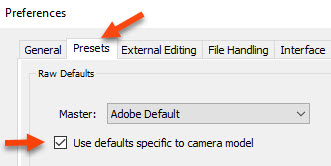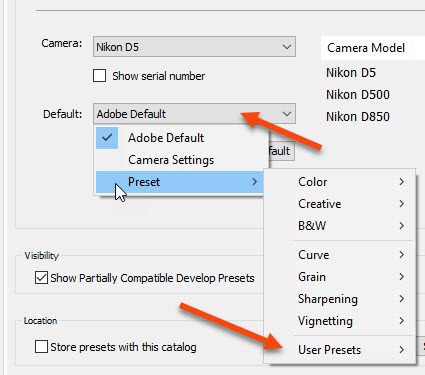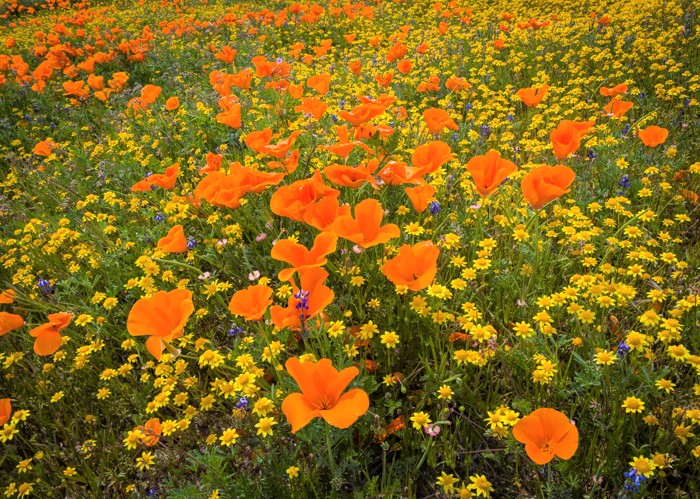With some sadness I’m announcing that I will no longer be adding to this blog. The world has changed rather drastically since spring 2020, affecting all of us is so many different ways. I will certainly continue photographing. For now, just a quiet “thanks for reading.”
-
Recent Posts
Archives
Categories



 Your default preset shows up and will be automatically applied to files taken with that particular camera.
Your default preset shows up and will be automatically applied to files taken with that particular camera. 


BEFORE THERE WERE DRONES….
That’s me at Michigan’s Jordan River in autumn 1975. And yes, I carried that ladder out into the river in order to get the photo angle I wanted. I’m using a homemade “centerpost extension” to gain height, with a bungee cord stretched along the side to dampen vibration. A Nikon F2 is mounted on the tripod (lens unknown, but a gel filter holder is on the lens) and I’ve got a Nikkormat on a neckstrap. This was taken on Kodachrome 25, just introduced the previous year replacing Kodachrome II. ISO (ASA back then) of 25, hence the name. K25 was my standard film until Fuji Velvia came on the market in 1990. While I have this image I can’t find any of the ones I must have taken that day, which might be a comment on the resulting quality. Interesting what you find while “sheltering in place.”